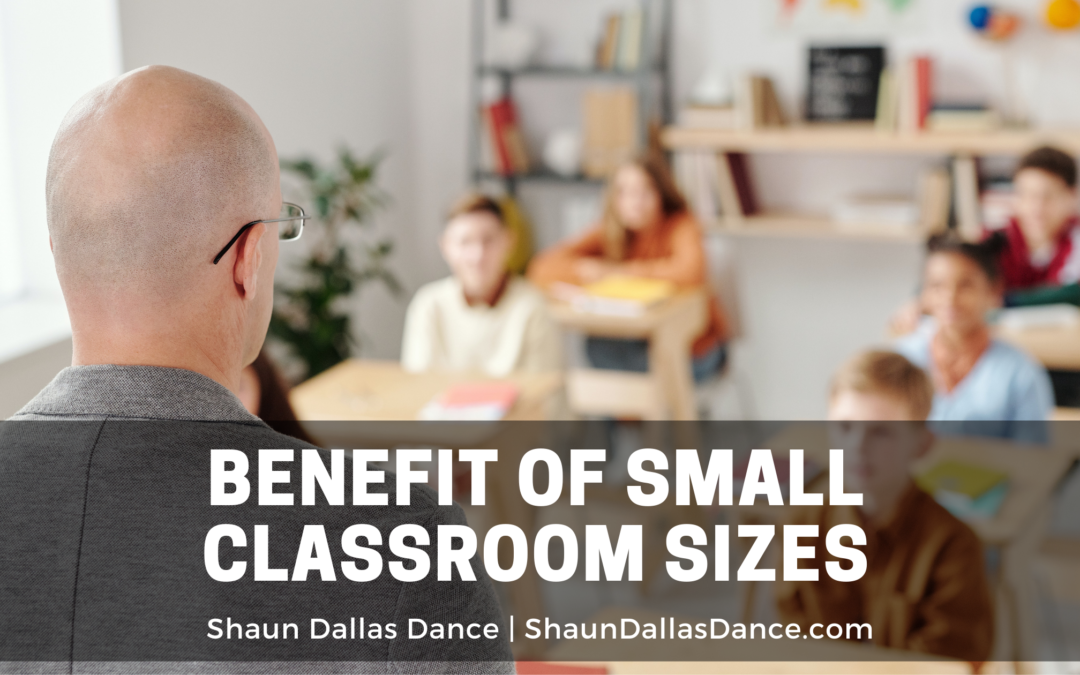The debate about classroom sizes has been going on for decades – with proponents on both sides of the line. Those on the outside may be confused by this debate, but it is worth researching and understanding – especially for parents and educators.
Most people consider small classes to be more desirable – while acknowledging that larger class sizes are more affordable, especially down the line. Here are some other benefits that come with smaller class sizes.
More Attention Per Student
Teachers are amazing, and while many would regard them as superheroes – they’re only human, which means that they can only be in so many places at once. As such, it is easier for a teacher to give the appropriate level of attention when they’re dealing with a smaller class.
In other words, smaller classes mean more individualized attention per student. This increases the likelihood that they’ll get the attention they need to ensure they understand the material at hand and customized lessons and explanations as required.
Spotting Issues
On a related note, smaller classes (and the increased attention that comes with them) mean that a teacher is more likely to spot any potential problems with a student. There are hundreds of potential issues that a teacher can spot when they’re not overworked.
For example, a teacher may spot that a student is struggling with a particular subject or that bullying is on the rise. Because of the smaller nature of the classroom, a teacher can be freer to notice these issues – and implement solutions before they get worse.
Student Interactions
Smaller class sizes are beneficial to the students as well. A smaller group of students are more likely to bond over time – they won’t simply be one of a hundred (plus) students mulling around the building.
This will encourage social interaction and even have a higher success rate for group projects and study sessions. Likewise, students will feel more comfortable speaking in front of the class.
Less Chaos – More Learning
The following two benefits go hand and hand – with smaller class sizes comes less chaos and more learning. Teachers have an easier time controlling a smaller number of students, and thus they can tone down the mayhem that comes with energetic pupils. In turn, this increases the overall learning experience, frequently resulting in a faster learning pace.

